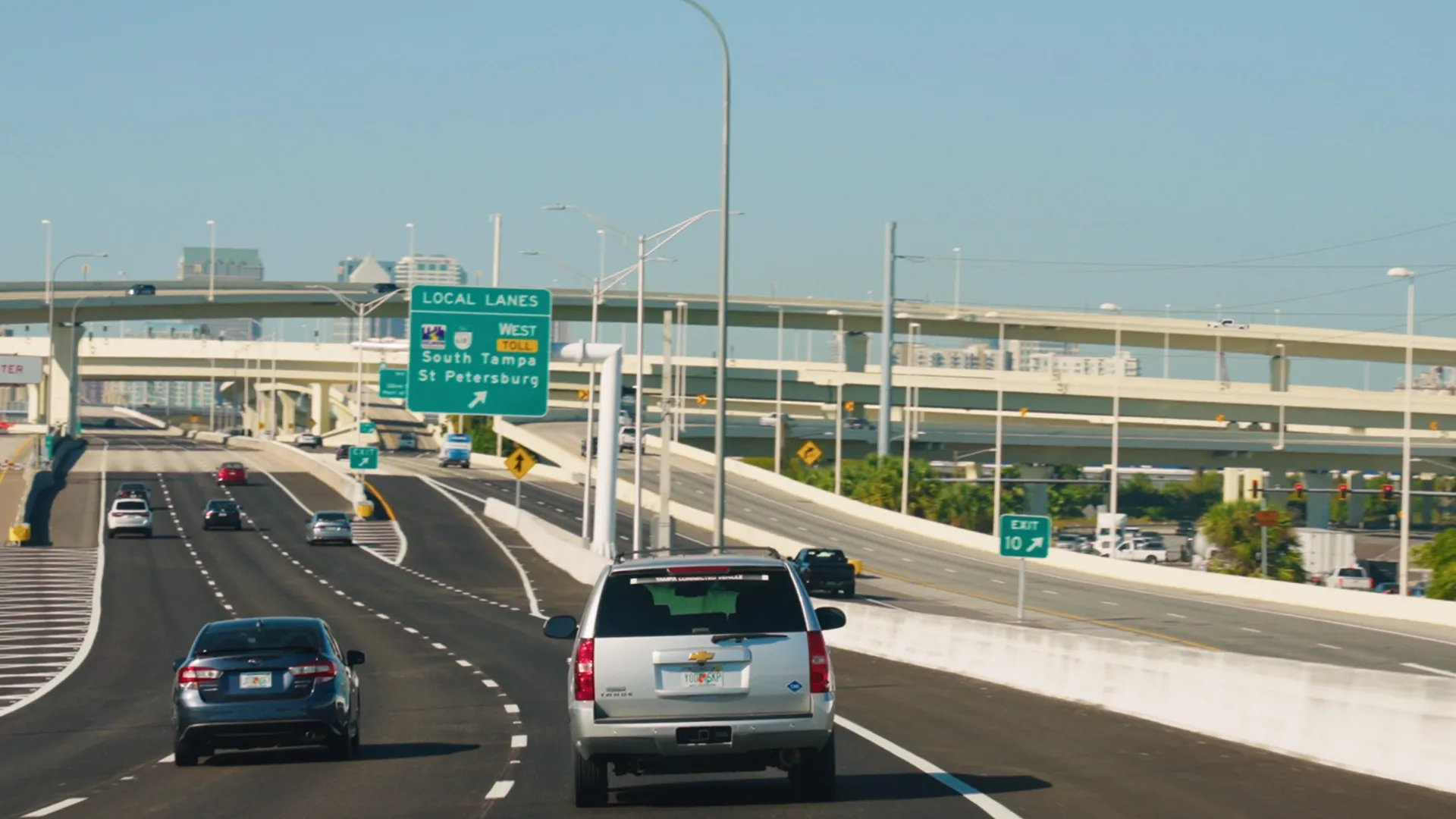The US Department of Transportation’s (DOT’s) Research and Innovative Technology Administration (RITA) has announced six winners of a national competition seeking ideas for using wireless technology to enable vehicles to communicate with each other. The winning ideas may be incorporated into ongoing research on using technology to improve vehicle safety and transportation operations.
April 18, 2012
Read time: 3 mins
RSSThe 324 US Department of Transportation’s (DOT’s) 321 Research and Innovative Technology Administration (RITA) has announced six winners of a national competition seeking ideas for using wireless technology to enable vehicles to communicate with each other. The winning ideas may be incorporated into ongoing research on using technology to improve vehicle safety and transportation operations.
Entries in the Connected Vehicle Technology Challenge had to be based on an innovative use for dedicated short-range communications (DSRC). A DOT panel selected five entries, while the sixth winning entry received the most votes from registrants on the competition website, connectedvehicle.challenge.gov.
The following are the winning submissions:
The selected participants will be honoured speakers at a special session at the 18th World Congress on Intelligent Transportation Systems, being held from 16-20 October, 2011 in Orlando, Florida.
Entries in the Connected Vehicle Technology Challenge had to be based on an innovative use for dedicated short-range communications (DSRC). A DOT panel selected five entries, while the sixth winning entry received the most votes from registrants on the competition website, connectedvehicle.challenge.gov.
The following are the winning submissions:
- Matthew Henchey and Tejswaroop Geetla, University of Buffalo, Emergency Response Application of DSRC Technology. A real-time accident awareness system that accelerates emergency response and assists with traffic management. Vehicles in a six-car pileup automatically inform emergency responders and traffic management centres.
- Norio Komoda, Jennifer Smoker, and Ariko Komoda, Sakura Associates, Connected Vehicle Proactive Driving. A driver guidance system that collects and uses accident locations and types to help drivers choose safer routes. A driver is alerted to an upcoming intersection with frequent rear-end accidents and has the option of choosing an alternate route.
- Venkatesan Ekambaram, Kannan Ramchandran and Raja Sengupta,
3880 University of California Berkeley, Robust GPS: Enhancing Accuracy and Security Using DSRC. Using DSRC signals on board vehicles to improve weakened positioning information and to correct illegally “jammed” GPS signals.. This enables DSRC-equipped vehicles to automatically correct the GPS positioning of other similarly equipped vehicles. - Doug Lundquist, University of Illinois Chicago, Pollution Credit Trading in Vehicle Ad Hoc Networks. An automated system for trading pollution credits among vehicles in which the level of pollution allowed per vehicle is capped and credits are given to less-polluting vehicles. A low emissions vehicle can accumulate credits that it automatically sells to a higher emissions vehicle.
- Michael Todd, Jay Farrell and Matthew Barth, University of California Riverside, Using DSRC Signals for Improving Vehicle Position Estimates. A position-estimating system that blends inputs from GPS and DSRC links to roadways to improve location measurements. A GPS-equipped vehicle would be able to determine its location to within one meter by communicating with devices embedded in the roads.
- Selected by voters: Lee Tupper, Rahul Amin, Fan Yang and Parth Bhavsar, Clemson University, Integrated Intelligent Transportation Platform. A system that enables a vehicle to help with trip and day scheduling, from choosing a route to reserving a parking space.
The selected participants will be honoured speakers at a special session at the 18th World Congress on Intelligent Transportation Systems, being held from 16-20 October, 2011 in Orlando, Florida.









